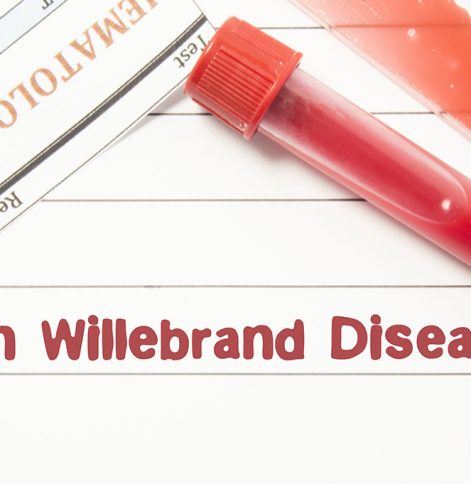What is Von Willebrand Disease?
Von Willebrand Disease (VWD) is an inherited disorder that you are born with. In normal blood, proteins, called clotting factors, work together to form a clot when there is bleeding. A person with VWD either doesn’t have enough of one of these clotting factors, or the clotting factor doesn’t work right. For someone with VWD, the missing or defective clotting factor is called von Willebrand factor (VWF). VWF has two jobs:
- It acts like glue to help platelets stick together at the site of an injury to form a platelet plug.
- It carries Factor VIII (another clotting factor) to the site of an injury so that a fibrin clot can be met.
VWD is the most common bleeding disorder, affecting approximately 1% of the population, or 3.2 million people in the United States.
VWD affects males and females equally. However, females are more likely to be diagnosed as they have obvious symptoms such as heavy menstrual bleeding. Many individuals, especially those with mild symptoms, may never be diagnosed or are diagnosed later in life.

